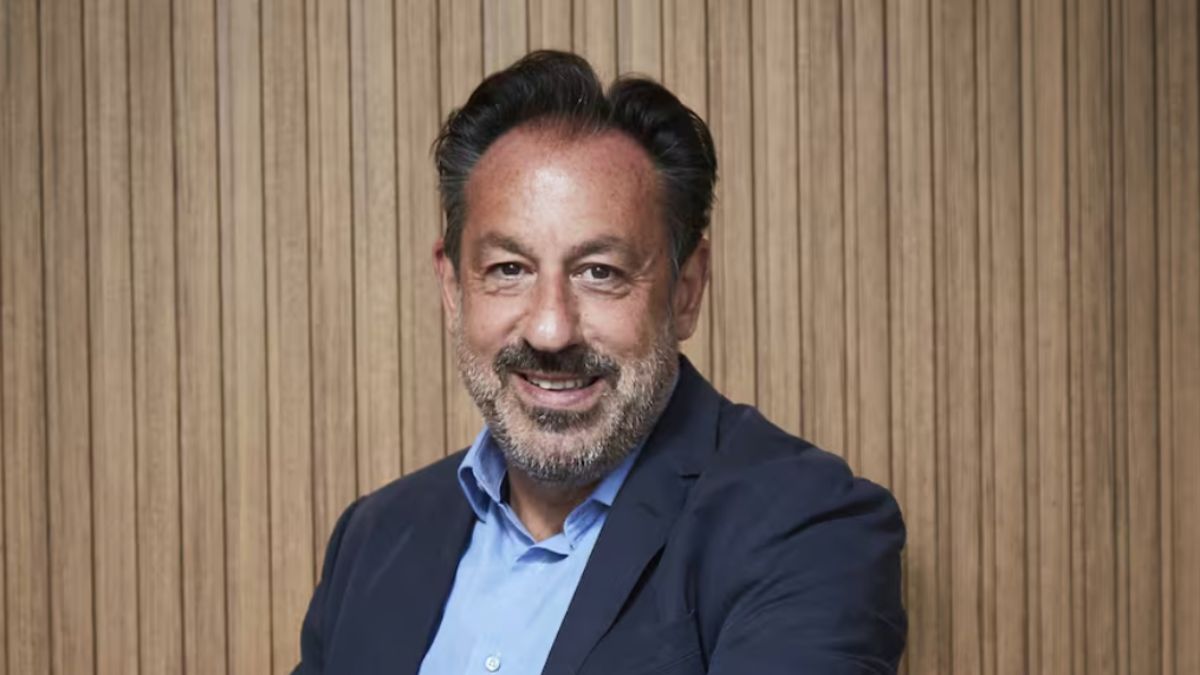Federico Poli: The truth is that we have to see what Donald Trump does with bilateral free trade agreements. Until now it seems that the United States had stopped bilateral agreements. There was no appetite in Washington to sign agreements with anyone.
Q: Could Milei’s good rapport with Trump work in his favor?
FP: It is true that Trump is going to use a lot of friend-enemy logic. Highly prioritize those who are political allies. That is why I say I would not risk saying that it is impossible for there to be a free trade agreement. Until now, when you looked and talked to Washington, what they told you was that there was no appetite for this type of agreement.
Q: Has the international scenario changed a lot?
FP: The world we knew of general rules, multilateralism, all that is over. Trump officials have already said it. They talked about the three rings, about enemy countries, friendly countries and countries that are neither friends nor enemies. Well, they’re going to have different deals.
Q: Do you see an agreement possible without breaking Mercosur?
FP: The possibility that one or two Mercosur countries have an agreement creates a problem of origin of the products. As a block it is not done now. Conceptually, you cannot give preferences to a third country if the rest do not give them preferences because a product can enter through your country.
Q: How are you seeing the macroeconomic conditions that exist in Argentina now so that an SME can operate or not in any tradable economic activity?
FP: What we are seeing going forward is an economy with two worlds. On the one hand, you are going to have the world of non-tradables and on the other hand, you are going to have that of tradables. How are they different? It has to do with the exchange rate issue and the overvaluation of the exchange rate.
The reduction of the “crawling peg” to 1% will mean that in the world of tradables there will be a price signal that will favor you to import both final products and inputs.
On the other hand, it will obviously push you to increase productivity at the cost of two things: staff reduction and salary contraction in real terms. They will be competing with imports or if you also want to export products to the foreign market then you will have salary compression there. Surely, there will be an increase in demand that will be accounted for by imports, and you will probably have, let’s say, the highest unemployment.
Q: Are you going to have an incentive for companies to import machines for greater process automation?
FP: It is a replacement of labor for capital, but hey, so later each sector will have to see what capacity it has to make these productivity improvements and replace labor with capital, and thus be able to continue producing locally.
We are asking for now in the survey that we are going to take in February to tradable SME companies, how much of this is good, how much is being seen in the import of inputs and how much is being seen in the import of final goods as well.
Q: For now, is there a drop in employment?
FP: The last two quarters saw a drop in employment like no other in the series. In the first and second quarters of 2019 there was a similar drop, but a little less intense. These are the highest in the 2015 series. In the third quarter, which is the last time we surveyed, SMEs were looking for a new balance point, retaining markets with less profitability and more challenged by imports. We have to see how much of that dynamic deepens.
Q: Are industries being able to pass on cost increases to prices?
FP: What we saw is that they were still concerned about the increases in costs of materials, raw materials and labor and because they were not having the capacity to translate them into prices and it is a sector where prices are going to be very stable and perhaps some with deflation. You are going to have very limited margins. The price dynamics are also going to be different.
Q: What is going to happen then with non-tradables?
FP: Let’s say that they can take advantage of the increase in demand and will be able to increase, depending on the price elasticity of demand in each sector. Let’s say that there will be divergent inflation with respect to tradables. The other thing is that they will also be able to accompany a salary improvement due to the improvement in demand. That is to say that you will have better profitability, the possibility of transferring the price and there you will have relative divergent prices. So that is why this year these sectors will be able to increase employment somewhat in net terms.
Q: There are economists who propose that the dollars are there to support this exchange rate in 2025. How do you see that?
FP: We understand that we will be able to cover the financing of this year’s dollar needs now; Then well, we have to see how the dynamics continue, what will happen with the scheme as well and the stocks. Projecting beyond this year becomes difficult. The current account will clearly deteriorate because if there is growth there will be more Imports. If there is more exchange rate overvaluation, it will also affect your exports and, well, let’s also say the tourism account, which is already known to be going at a high level. The consensus is that this year financing in dollars will be achieved, either because the drop in country risk has been very impressive and also because the IMF supported everything a lot. He had very encouraging words about what was done, plus the arrival of Trump. Private financing sources can also be opened.
Q: Does Argentina have very few companies?
FP: There is a secular stagnation in Argentina in the number of companies since 2007-2008. What you had was later, in the shortest term, net destruction of companies during the pandemic and then in the post-pandemic you had, until the end of last year, creation net. That was reversed last year. Then the net creation rate was negative again, but more explained by the fall in the rate of creation of new companies, than by the destruction of companies.
Q: What is happening with software companies?
FP: In software, problems are seen more linked to growth. There is the issue of profitability but also that they did not find human resources, financing was scarce or social political instability.
Q: Do SME entrepreneurs have confidence despite the context?
FP: We measured business confidence and there was great growth last year. We will have to see now in 2025, if it continues measuring the same.
Source: Ambito
I am Pierce Boyd, a driven and ambitious professional working in the news industry. I have been writing for 24 Hours Worlds for over five years, specializing in sports section coverage. During my tenure at the publication, I have built an impressive portfolio of articles that has earned me a reputation as an experienced journalist and content creator.




